In case you missed it, Australia is now on a mission to move as many industries and households towards renewable energy. We talk about Australia’s renewable energy target, and all the nuts and bolts that come with it.

About the Renewable Energy Target
The big picture: Australia is now developing a Net Zero plan— one that aims to be Net Zero by 2050. This is part of the Paris Agreement, which Australia is part of. Now, all parties are required to update their Nationally Determined Contribution every 5 years. For us, that means the government will develop medium term emissions reduction target for 2035.
Australia’s climate goal is to reduce emissions by 43% by 2030. They aim for 82% of electricity to come from renewables. This aligns with the Australian Energy Market Operator’s (AEMO’s) forecast of 83% renewables in the electricity market by the same year. States and territories have their own targets and initiatives to support this goal. The National Energy Transformation Partnership was formed in August 2022 to help with this effort.
Australia is focused on net zero
In order to achieve net-zero emissions, Australia is taking a multifaceted approach that includes investing in clean technologies, switching to renewable energy, increasing energy efficiency, and putting policies in place to reduce emissions in a variety of industries and sectors, including transportation, agriculture, and industry.
In addition, global engagement and cooperation are necessary to address climate change-related global concerns. Even though there has been progress, cooperation and continued efforts are required to achieve net-zero emissions and lessen the effects of climate change.
Progress towards the RET
By 2020, Australia wants to have 20% of its electricity come from renewable sources, according to the Renewable Energy Target (RET). Progress was being made, with large investments being made in solar, wind, and other renewable energy sources. Nonetheless, the rate of advancement may be impacted by continuing regulatory changes and commercial forces.
Future of the RET
As renewable power generation grows, extending ESS capabilities becomes more crucial to decarbonization initiatives and a sustainable energy future. The International Energy Agency (IEA) reports that the capacity of renewable energy expanded by 50% globally in 2023 alone, with solar photovoltaics accounting for 75% of the capacity.
Furthermore, it is anticipated that between 2023 and 2028, the capacity of renewable energy sources will increase by 7,300 gigawatts, with onshore wind and solar PV usage in Europe, the US, Brazil, and India predicted to at least double from their current levels.
LRET
The Large-scale Renewable Energy Target (LRET) is part of the Renew Energy Goal. The LRET boosts putting money into making new energy power stations, like wind and sun farms, by: giving money for power made from green sources, and making a market for making and selling large-gen cards (LGC).
SRES
Small-scale renewable energy power means getting energy from clean sources right where it’s used, like solar panels on a house roof or a tiny wind fan in a garden. These setups give off clean power and can cut down or even get rid of the need for normal electric grid use, giving both green and money benefits to people and places.

Benefits of the Renewable Energy Target
So what does this mean and how will it benefit Australians and the planet? Let’s take a look at some clear wins and benefits from this.
- Eco-friendly: practices cut emissions and air pollution, fighting climate change and boosting air quality.
- Energy security: relying less on limited fossil fuels, which helps avoid price swings and conflicts over resources.
- Renewable energy projects help communities by giving ownership and making energy locally. This gives power to communities and makes energy in smaller amounts.
- Public health: reduce ls air and water pollution associated with the extraction and combustion of fossil fuels, leading to improved public health outcomes.
- Cost Reductions: Eventually, renewable energy sources may become more economically competitive with fossil fuels, resulting in sustained cost savings for consumers and businesses.
- Resource Diversity: Utilizing different types of renewable energy like solar, wind, hydro, and geothermal helps to broaden the energy mix and lessen dependence on one specific energy source.
- Promoting innovation in renewable energy technologies through target setting can lead to cost reductions and efficiency improvements in the long run.

Frequently Asked Questions
What is the target of renewable energy in Australia by 2050?
Australia has set a goal to decrease carbon emissions by 43% from 2005 levels by 2030 and reach zero emissions by 2050. The plan to provide 82% of the country’s power from renewable sources by 2030 is not required by law.
What is the potential for renewable energy in Australia?
Australia has big chances to put money into tech and green energy to make a cleaner economy. This is because of our wealth of natural gifts: lots of sun, wind, and key minerals needed for eco-friendly energy tools like wind fans and battery packs.
What are the targets for renewable energy generation?
The updated Green Energy Law, set in 2023, boosts the EU’s must-hit green energy goal for 2030 to at least 42.5%.
More than 75% of the EU’s harmful air waste comes from how we make and use energy. So, raising the use of green energy in all parts of the economy is key to cut down bad air waste by at least 55% by 2030 and to make the continent air clean by 2050.
How much of Australia’s energy is renewable?
By 2022, the total power supply in Australia grew by 2% to reach 272 TWh (978 PJ) as warmer and cooler weather conditions across different parts of the country significantly drove up demand for electricity.
Coal contributed to the generation of 47%, followed by gas and oil at 19% and 2% respectively. On the contrary to the beginning of this century when its share was more than 80 % of total electrical energy generated, there has been a continuous decrease in coal’s contribution to overall power mix.
This translates into renewable energies providing about a third of Australia’s entire electricity generation capacity in that year from sources like solar (14%), wind (11%) and hydro (6%); up from nearly 29% last year.
In business and households outside the electricity sector, some 19% of Australia’s total electricity was produced in the course of 2021-22.
Sources :
https://cer.gov.au/schemes/large-scale-renewable-energy-target
https://www.ucsusa.org/resources/benefits-renewable-energy-use

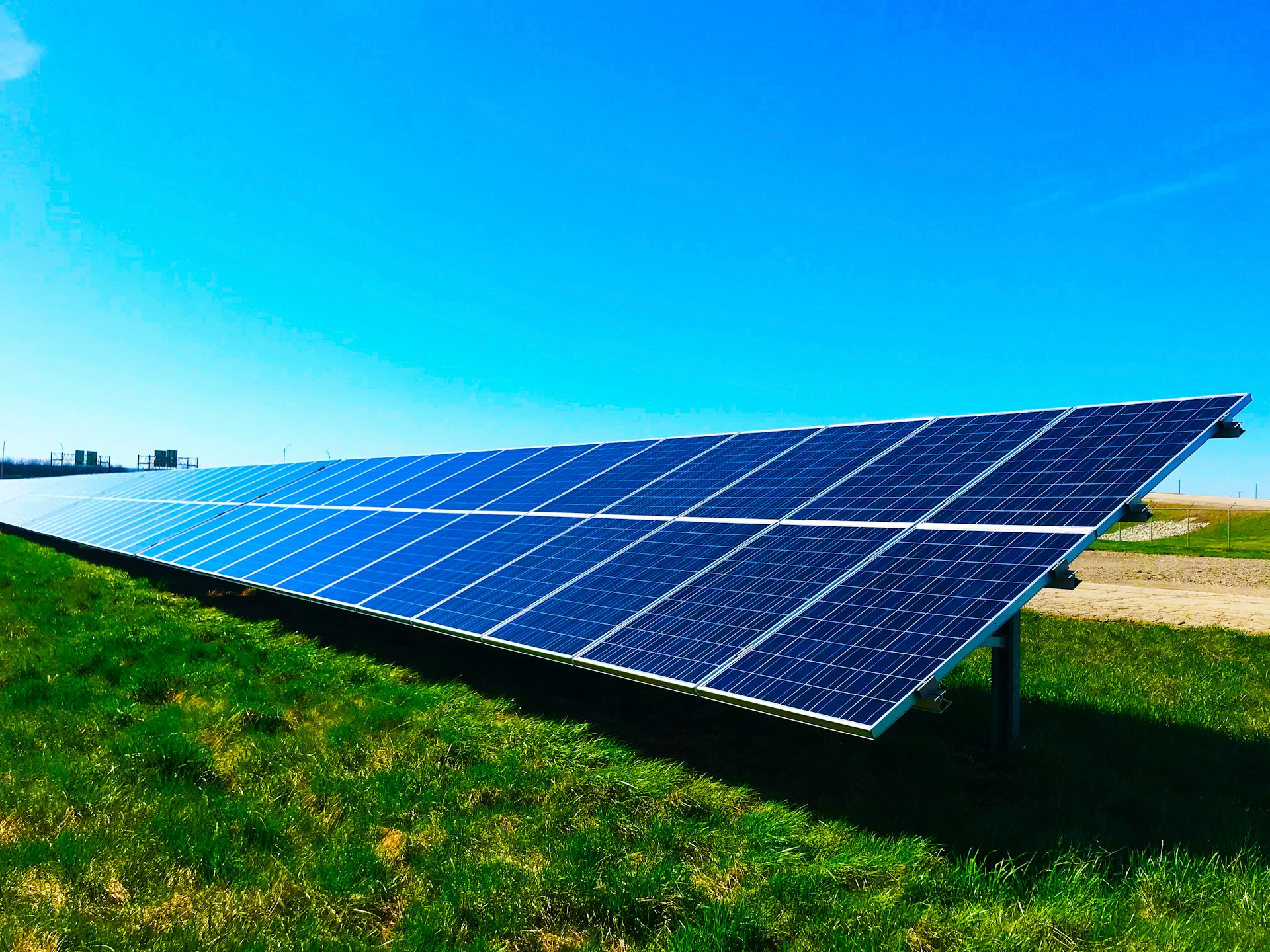
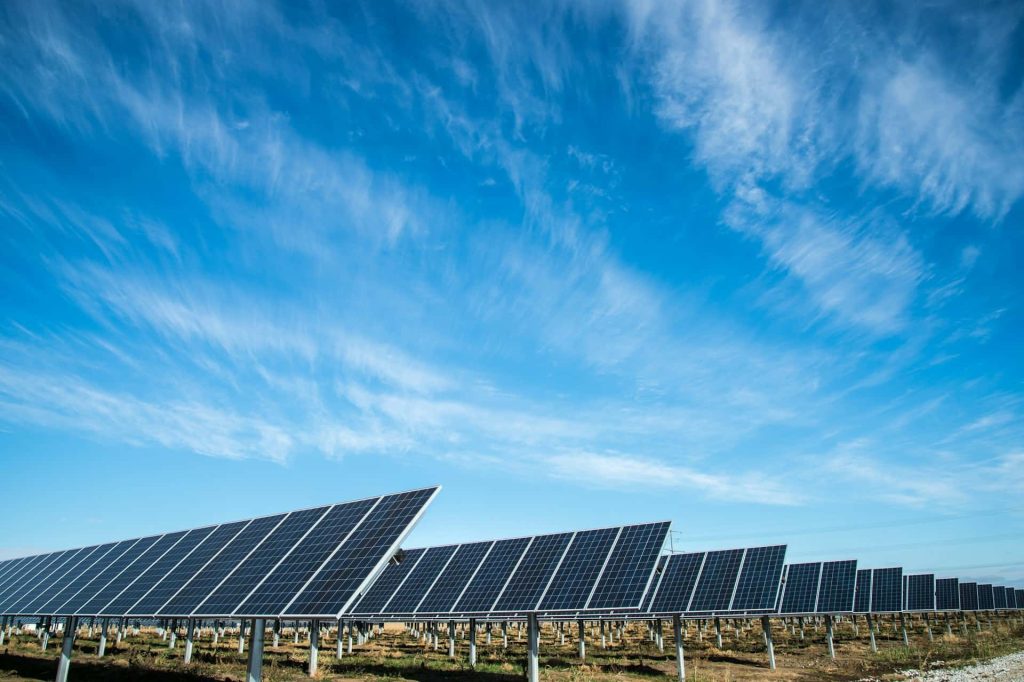

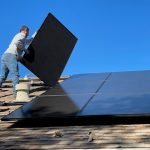

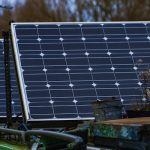
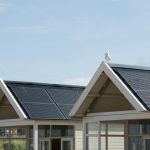
Leave a Reply